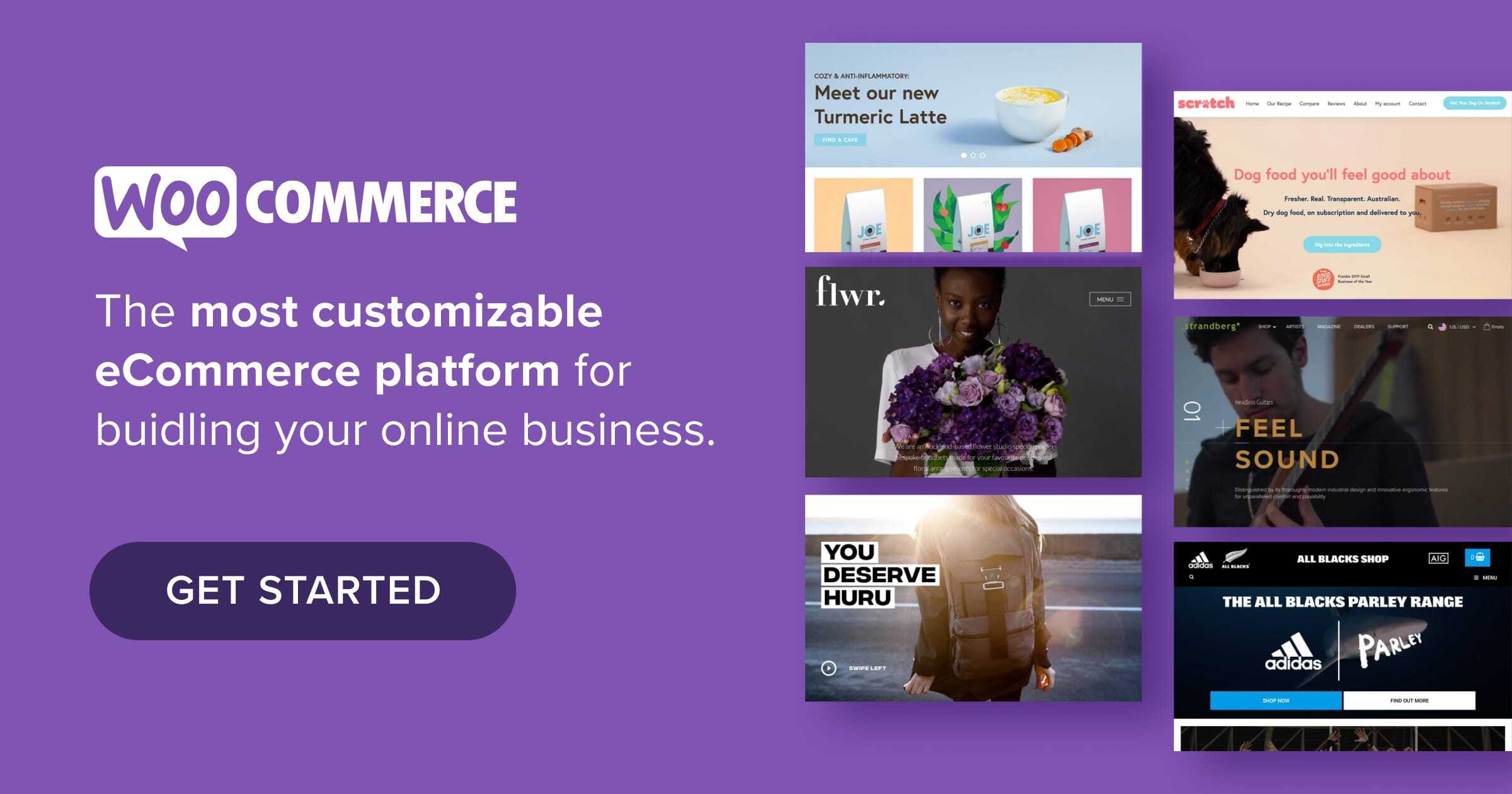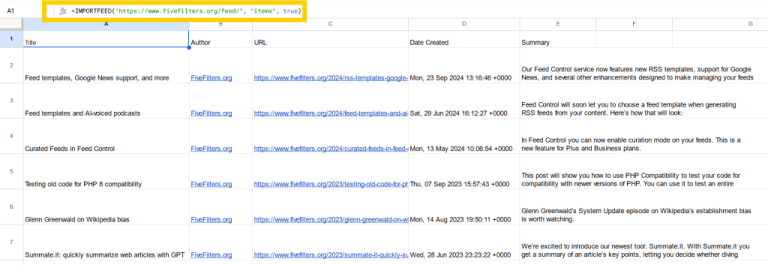Your business is up and running, or is about to launch, but perhaps you’re having trouble figuring out what to say in your marketing campaigns. If you keep hitting a wall when trying to create an impactful marketing strategy, that’s a very strong indication that you probably haven’t given enough attention to identifying and defining your target market. So, what is a target market?
A target market defines who your products are for and provides direction on how you will communicate to them.
Getting this first step down makes everything that follows it much smoother. When you know, specifically, who you’re serving, you can craft solutions, processes, systems, and marketing with them in mind.
Defining a target market for marketing and advertising is one of the core foundations for any business and it’s an absolute must-have for your business and marketing plans. It helps you anticipate sales and revenue figures. It directs you towards particular marketing media. It helps narrow down the location of a brick-and-mortar store.
It’s a critical step because you can then communicate in a way that will motivate a response. Why?
You can’t sell to everyone — especially not all at once. If you try this route, you’ll end up appealing to no one, because they won’t be able to see themselves in your messaging.
To succeed in business, you have to go where your customers are. Your target market tells you where they are and who they are.
Let’s consider things from the customer’s perspective.
Imagine a random person who sees an ad. A billboard. An online pop up. An email. A social media post. A web page or other digital marketing. Whatever it is, every person who sees any ad asks themselves a handful of questions. These days, we see so much marketing that we do this without even realizing it.

The process of asking these questions takes seconds. Microseconds, even. But we all ask these questions:
- Is this for me?
- Does this help me?
- Is this what I want?
The reason people ignore ads is because they answer ‘no’ to one or more of these questions.
Knowing your target market attracts your ideal customers by helping them see themselves in your marketing efforts, and rightly repels the people who have no need or interest in what you’re selling.
A target market, or target audience, refers to the people who want or need the products you sell.
Of course, that’s a very simple target market definition. You’re selling to these people, but not those people. You’re selling to the type of person who cares about this, needs this, wants this, values that, is interested in that, or is considering that. And you’re not selling to the people who don’t.
Sometimes target markets have shared characteristics related to demographics, such as education level, marital status, family status, geographic location, or income levels. Other businesses will focus on consumer behavior such as past buying decisions, shared values, consumer interests, or other information gained from market research.
And to be clear, target marketing is not quite the same as niche marketing. While a niche market can be a target market, not all target markets are niches. There is some overlap. The focus for marketing professionals is to be able to create a targeted marketing strategy that will connect with the audience that wants and needs that product or service.
Knowing the common characteristics of the majority of your customers enables you to reach your target market far more effectively and attract new customers.
Your marketing message will speak to them in ways that will resonate. Your pricing strategies will reflect what your ideal customer is able and willing to spend based on their income level. Your marketing campaigns will use language that speaks to the pain points your product or service is designed to address for the people who experience those pain points.
Instead of relying on mass marketing that tries to reach everyone but connects with almost no one, knowing your target market enables you to create differentiated marketing campaigns that speak to your value proposition.
Here’s a simple example of a target market:
Table of Contents
Pet owners
If you don’t own pets, you will never visit a pet store unless you’re buying a gift. You will ignore every pet product ad. You will tune out whenever pet products show up in print or digital marketing. You will skip that aisle in the grocery store, and not even a 99% off sale would convince you otherwise. Why? Because you don’t own pets. You are not the ideal customer for pet products.
But target markets go much further than that.
Dog owners have different product needs and interests than cat owners. Different food, different toys, different sanitation equipment, different travel gear, different trinkets. Then there are bird owners, fish owners, rabbit owners, turtle owners, snake owners, and all kinds of other pets.

Each specific group is its own target market. Very few pet products can be sold to all types of pet owners. And within these there are differences too, like different types of fish, big snakes, little snakes, big dogs, little dogs. You get the idea. Each of these is a target market.
Yes, one pet product business could theoretically develop a marketing mix that attempts to make all these different groups part of its customer base. But in digital marketing especially, you’ll gain more online traction by doing some market research and focusing on just one or a handful.
People who wear clothing
Hopefully after the last example you’re getting the idea. “People who wear clothing” is way too broad to be a target market.
One business might sell high-end workplace attire for men in office jobs. Another might sell clothes for kids ages four to ten — those middle years between babyhood and when most children start to really take an interest in choosing what they wear. Another could sell hiking clothing and other attire for outdoor enthusiasts.

These companies all sell clothing. And they all have completely different target audiences.
You can see how these target markets will inevitably influence the language used in their marketing efforts.
Your target market will respond to language that calls them out. A great question to ask yourself is: Will my customers see themselves in my marketing?
That’s what having a target market makes possible. And if you want to get their attention, that’s what you need to strive for. In those few precious seconds when a potential customer in your target audience sees your ad, but before they move on to life’s next distraction, you need them to see themselves. That’s what will make them answer ‘yes’ to the question “Is this for me?”
For example:
“Great playtime clothes that will last all the way through summer break.”
“A suit that will command respect at your next board meeting.”
“Ultra comfortable footwear for when you hit the trailhead.”
With one sentence, you can tell immediately which one applies to each of the clothing-based target markets mentioned earlier. There’s zero doubt who these products are for and the needs they’re meeting. And when paired with appropriate imagery, the target customers who find these ads will see themselves in both the language and visuals.
The examples above are fairly straightforward. And, that might be all you need to define your target market at first.
But not all businesses are quite that simple. And what about customer segments? Is that the same as a target market? And how much do we really need to know about our target markets? We’ll get to the target market segmentation question in a moment. But first, let’s work on how to identify and define your ideal target market.
Look at your products
Your products do something. The people who are also trying to do that same thing are potential customers in your target market. This is the first place to start because it gives you a general sense of who your products are for.
A renter is unlikely to spend significantly on appliances. They may spend years without stepping foot in an appliance store. A married couple with no kids in the home isn’t likely to be shopping for kids’ summer activities. Whatever your product or service, there is a broad group of people who are automatically not going to be interested in it, and you can rule all of them out as you start to develop different marketing campaigns.
The flip side is, who has some degree of natural affinity for what you’re selling?
So, this is more of a need-based argument than a feelings-based one. A person who cares about their health but mistrusts the medical establishment is probably open to hearing about alternative health products, natural and organic foods, supplements, and other related products and services. Why? Because they need these things to live the way they prefer to live.
There is an audience with a natural affinity for whatever you sell. That’s still a broader group than you’d like to focus on, but you can start there as you begin to develop a marketing plan.
Consider features and benefits
Next, look closer at your products, and you can get a clearer picture of your ideal customer. Consider both features and benefits.
Features
Take a food product such as granola bars. There are soft bars and crunchy bars. Granola bars with fruits embedded in them, and bars that are mostly plain granola. Sweet granola bars with chocolate chips and other more candy-like flavors. Natural granola bars with no chemicals or additives, and processed bars that last longer. Protein-enhanced granola bars. We could go on and on.

The features of your product or service speak to a more specific target market.
If you sell granola bars and try to reach the entire market of everyone who likes granola, you’re likely to have a tough time. The list above shows why. Different target market sets prefer different types of granola. If your marketing efforts are too broad, people who see your ads will start asking those same questions listed at the outset.
Is this for me?
Is this the type of granola I like?
If they can’t very quickly answer those questions because your marketing strategy is too vague and broad, they won’t respond. Again, they need to see themselves in your marketing efforts. Consider this example:
“All natural organic granola bars with no artificial sweeteners or additives, using locally-produced oats.”
That description — which is just the product’s features — speaks very clearly to a much more specific target market. It will turn away people who want protein, sweets, and other types of granola bars. And it will attract the target customers it’s designed to attract.
Benefits
Next, look at how your products help the customers who buy them.
“Eat a protein bar every morning, build muscle, and have tons of energy for the day.”
Marketing copy like this isn’t talking about only the features, but the outcomes that product will deliver for the consumer. This is part of your value proposition. The people who desire those benefits will buy the product that delivers them.
So, what kind of potential customers care about having energy and building muscle? This is likely someone in their 20s and 30s, maybe 40s, and possibly male, but not necessarily. They care about fitness. They want the calories. They want their food to align with their health goals.
This is just a very simple marketing example, but do you see how we’re already defining a much more specific target market? A marketing strategy that targets like this will be far more effective than mass marketing that sells “granola bars” with a 20% discount.
You might be wondering:
What about all our other products? What if we sell more than one product or service? Do we have several different target markets? You might, but not necessarily. We’ll discuss that a bit later.
Analyze existing customer behavior
If you have an established business, take a look at the key characteristics of your current customers. You might have an idea of who you think your products are for. But who is actually buying them now? Does the customer in your head match the ones who are showing up and making purchases?

For example, let’s say you own a company, and think that your products are perfect for young people who care about health and lead an active lifestyle. But when you look at your customer base, you might find that a surprisingly high number of people in their 40s and 50s are making regular purchases.
The audience interested in your products isn’t the same as the target market your advertising strategy was built around.
Who are your products for? The people who are buying them. That’s the specific target market you’re currently reaching.
Now, that of course doesn’t mean you can’t try to expand that target market a bit, but don’t neglect what’s working. There are always more people like your existing customers who haven’t discovered your business or found your ecommerce site yet. If you already have proof these kinds of people want what you sell, go after them first by creating marketing campaigns that focus on them. That’s the low-hanging fruit.
Look at competitors
Another great way to narrow down your target audience is to study the marketing strategies of your competitors. Can you determine what types of people they are speaking to? Look at their copy. Look at their imagery. Study their marketing campaigns.
If they’re doing good business reaching a target market you can clearly identify in their marketing efforts, that’s a good indication of who you can target, too.
Talk to people — yes, in person
Wait what?
Yes — you can also talk to your customers and prospects in person. If you have a physical location, strike up conversations with customers and find out why they like your store. Develop a series of questions you can ask to get some insight into their motivation for shopping there.
If you have an ecommerce business that’s purely online, this is harder to do, but not impossible. For example, pick a handful of customers every month and call them to thank them for their most recent purchase.
Beyond being just outstanding customer service, this will also allow you to have a quick conversation where you ask questions and find out what matters to them and why they buy your products.
You can also talk to people who aren’t customers. For example, go to a trade show and talk to people in person as they approach your booth. Customers or not, you’ll meet people in your target audience and people who are not. You’ll start to differentiate who your products are really for, the things people care about when shopping in your industry, and the great diversity of people, viewpoints, experiences, and interests within your broad sphere of influence.

And, you can run focus groups where you get people talking about your products in great detail, and see how they respond to various features, options, and marketing language.
Conduct surveys
You can also conduct surveys, which gives people a bit more time to put their thoughts together than an in-person conversation. You can also engage a much higher number of people with online surveys. And you can ask 10-12 questions in just a few minutes that allow you to touch on a greater variety of issues.
With technology, you can target surveys to particular types of people and see how they respond. You might find a new audience segment you didn’t realize might respond favorably. But more importantly, you’ll get an understanding of what people care about. What matters to them.
There is very often a disconnect between what companies think customers care about, and what they actually care about. Surveys are a great tool to help you bridge that gap.
The answer is yes. For the most part.
Especially for product-based businesses, you might sell a great variety of products, many of which appeal to vastly different audiences. And this is fine. You can develop marketing for each audience.
But many other businesses, such as most service-based businesses, really do cater to particular types of target audiences, and often just one. Some ecommerce businesses also target one audience and they can explain the details of that audience very well.
In general, your best course of action is to get a very strong and clear picture of your primary target market. Most businesses haven’t done this. So before you worry about having more than one, get clarity about your primary audience first.
Yes, some products might appeal to homeowners with yards while others might appeal to condo-owners who don’t have yards, for example. But what is it about your core audience that defines them? Who buys your stuff? What matters to them? You can describe these people as a set group that encompasses some of the variation.
For example, here’s a made-up target market description:
“We sell to 30-something office workers who are looking to grow and advance in their careers and not just punch a time clock. They show up early, love working, and want to lead. They like using technology to make business and customer service work better. And they put a high value on ongoing learning, not satisfied merely to have a college degree.”
Now, a variety of companies could sell to that exact target market, and they might offer completely different products. A software company could appeal to the technology preferences of this audience. An online learning academy could target them for their interest in continual learning and upskilling. A time management company could help them be more efficient. It’s all the same target market, but completely different products and services.
But, that same time management company could also target stay-at-home parents who feel overwhelmed with managing four kids, school work, sports schedules, meal planning, and all the rest. Same company — completely different target audience.
Can that work?
It can, but you’d have to be very careful in how you build a website for two such different target markets. Your search engine optimization will rely on a set of keywords associated with each target market.
So, trying to serve both of these on the same website can be tricky. That’s why many businesses that want to target more than one audience often create different landing pages, or even entirely different websites, for each market.
And in this case, the stay-at-home parents may be more of a niche market, and may not have enough customers to produce the revenue to justify its own marketing strategy.
Target audience vs market segmentation
Often, when people ask about having multiple target markets, they’re really asking about target market segmentation. Just about every company will have multiple market segments, even if they fall within the same target market.
So, rather than targeting frazzled parents and ambitious office workers at the same time, it might make more sense for our hypothetical time management company to pick one of those, and break them into segments.
The business workers can be broken up into numerous market segments, each of which can be targeted with appropriate marketing language. Smaller segments might include:
- Workers with fewer than five years of experience at big corporations
- Newly hired managers at small businesses
- Business owners and entrepreneurs
- Remote workers
- Hybrid workers who split time between the office and remote work
The time management issues facing each of these segments will be unique. You could create lead generation materials, marketing funnels, product designs, email communications, and other marketing strategies that will be unique to each of these segments.

You could also create a segment for people who are interested in individual or group coaching, and another segment for people who prefer using an online portal they can work through on their own. This is a form of behavioral segmentation. And you could perform psychographic segmentation that seeks to appeal to people based on things like values, interests, opinions, and beliefs.
Again, each would be activated more effectively if they received unique marketing campaigns designed for their contexts and needs and based on thorough market research.
But all of these market segments fall into the same overall target audience described earlier. So it’s one audience with multiple segments. They all care about growing, advancing, continually learning, and using technology. But the specifics of their contexts vary enough to justify creating separate market segmentation.
Use what you’ve learned here to define your target market so you can begin communicating to them more effectively through a detailed marketing plan.
Not only do you want to attract the right people by helping them see themselves in your marketing, you also want them to stick around. Your ongoing marketing needs to continually speak to the particulars of your target market. They should always feel known and understood as you develop your relationship with them.
The more you know your target market, the more successful you will be at this.
Begin by asking yourself if your marketing is calling out an audience. Can they answer these basic questions:
Is this for me? Does this help me? Is this what I want?
Look at your products and services. Examine your features and benefits. Study your competitors. Talk to people in person and online. Look at your current customers. Get a clear picture of who you’re selling to, and why they need and want your products or services. Then, you’ll be able to attract and keep more customers, increase revenue, and grow your business.

About
Kathryn Marr




